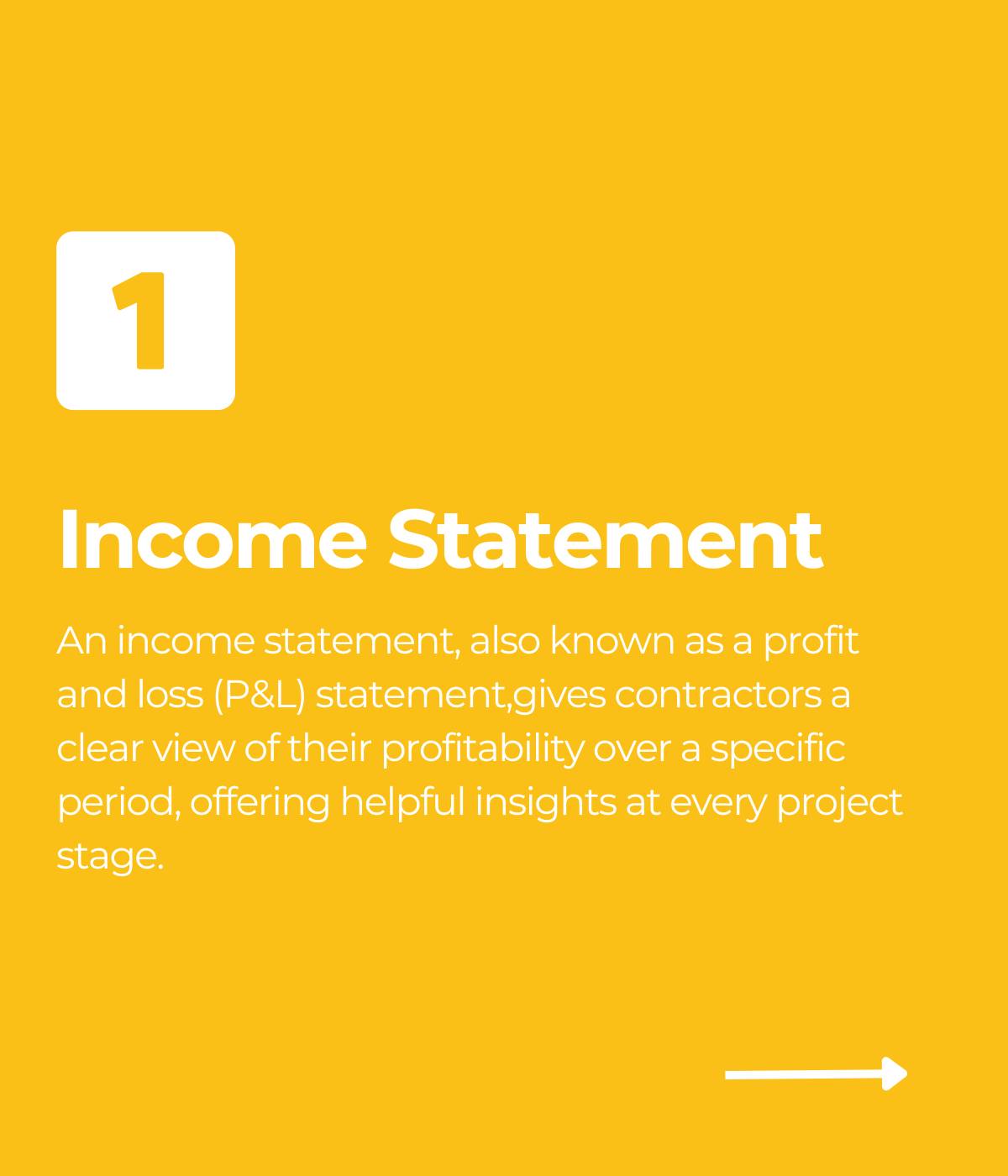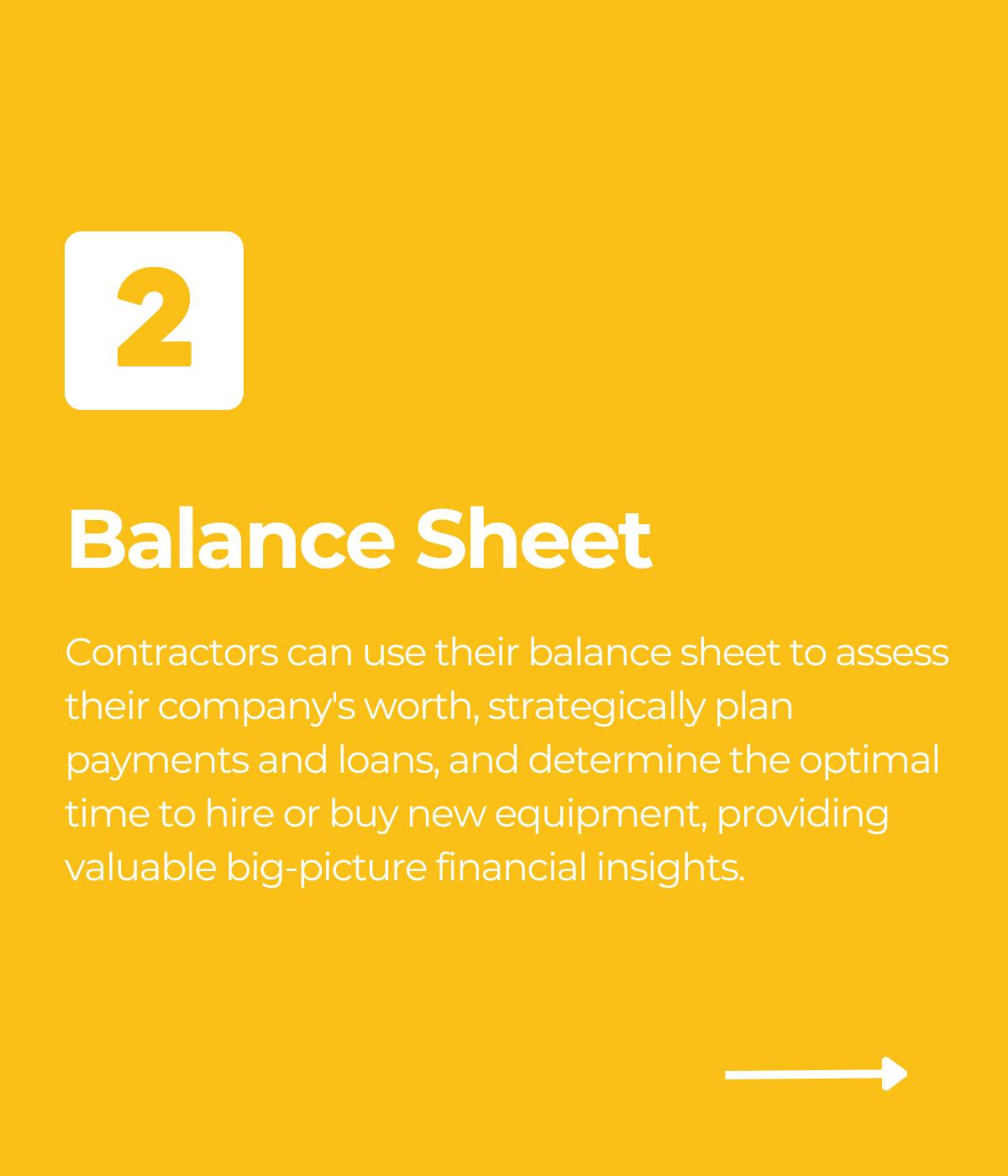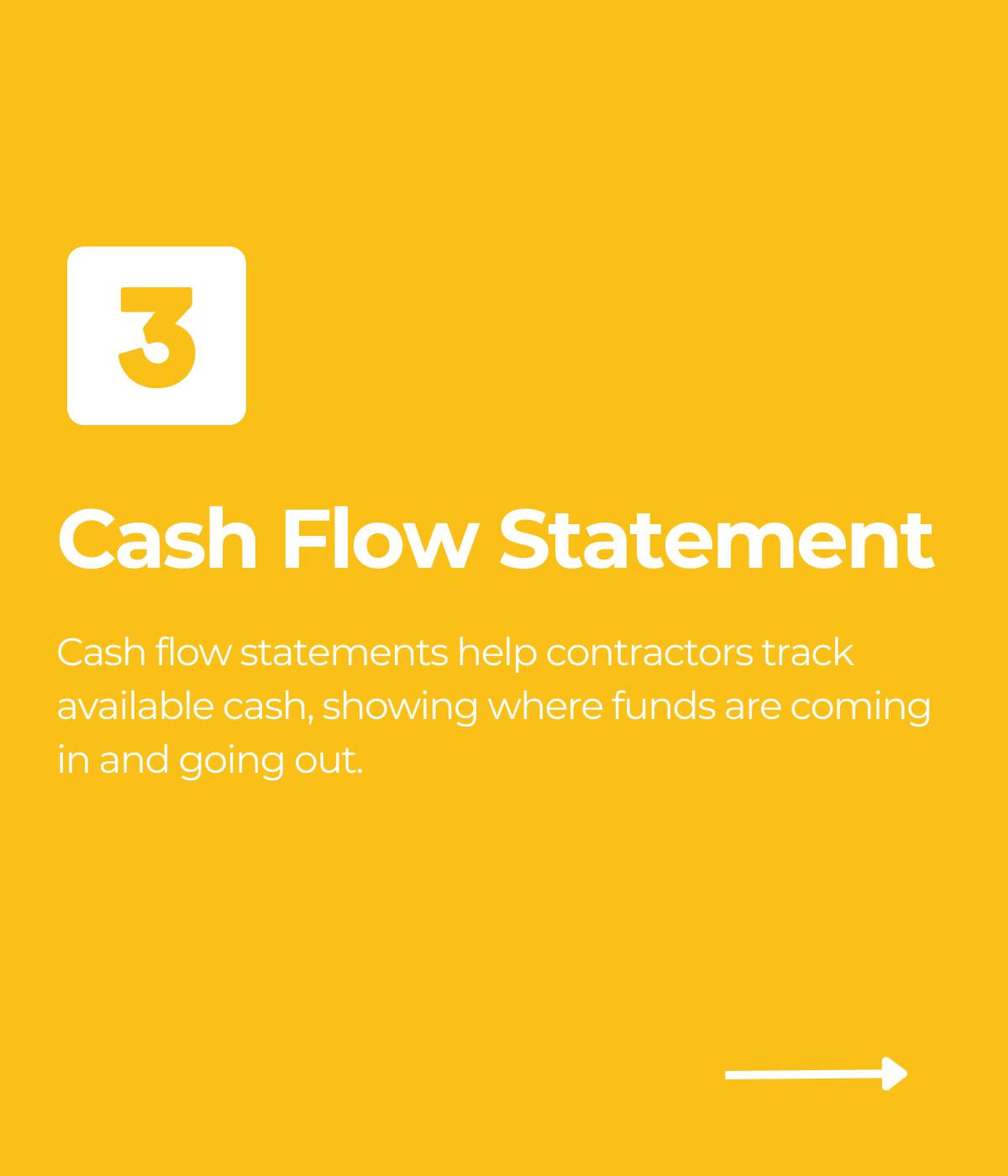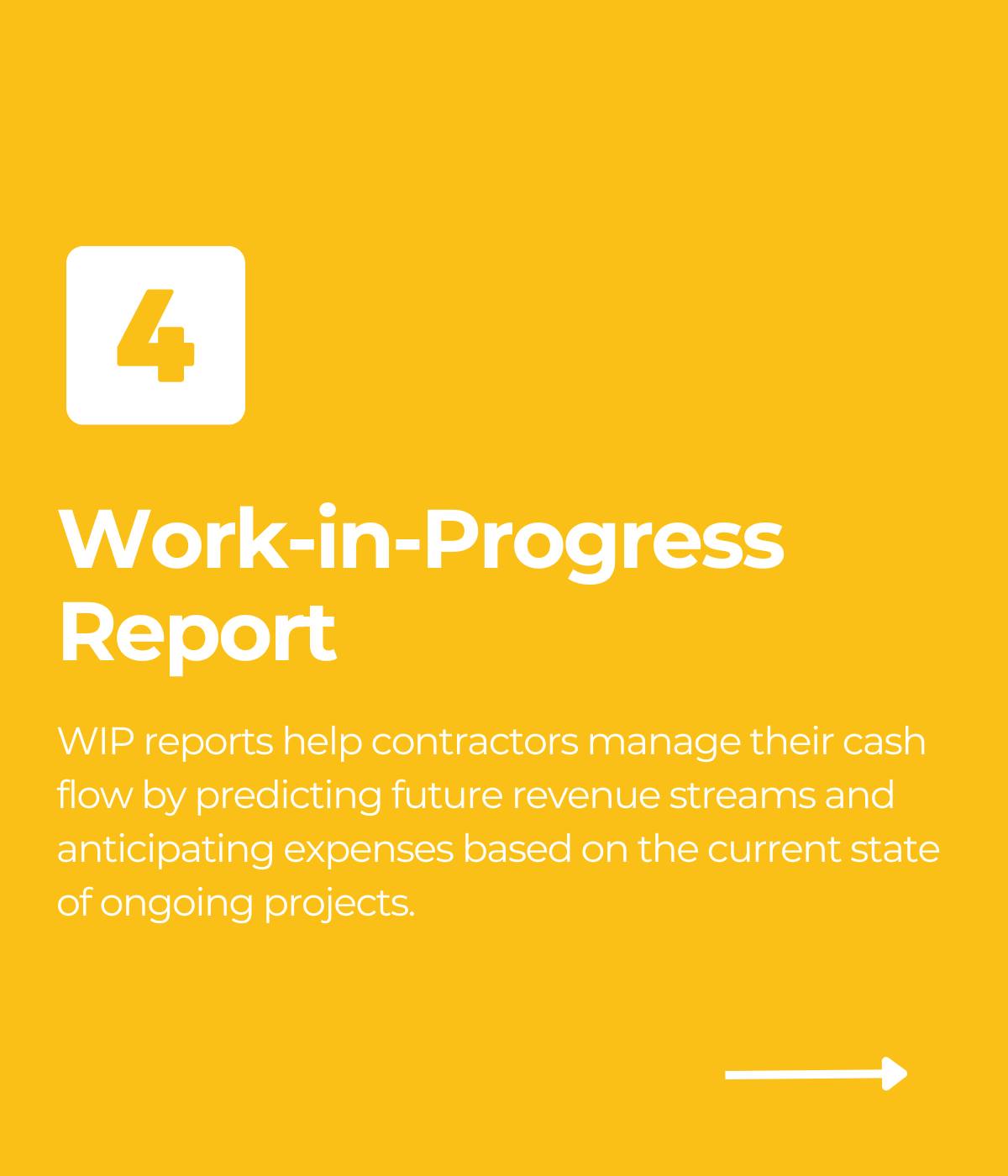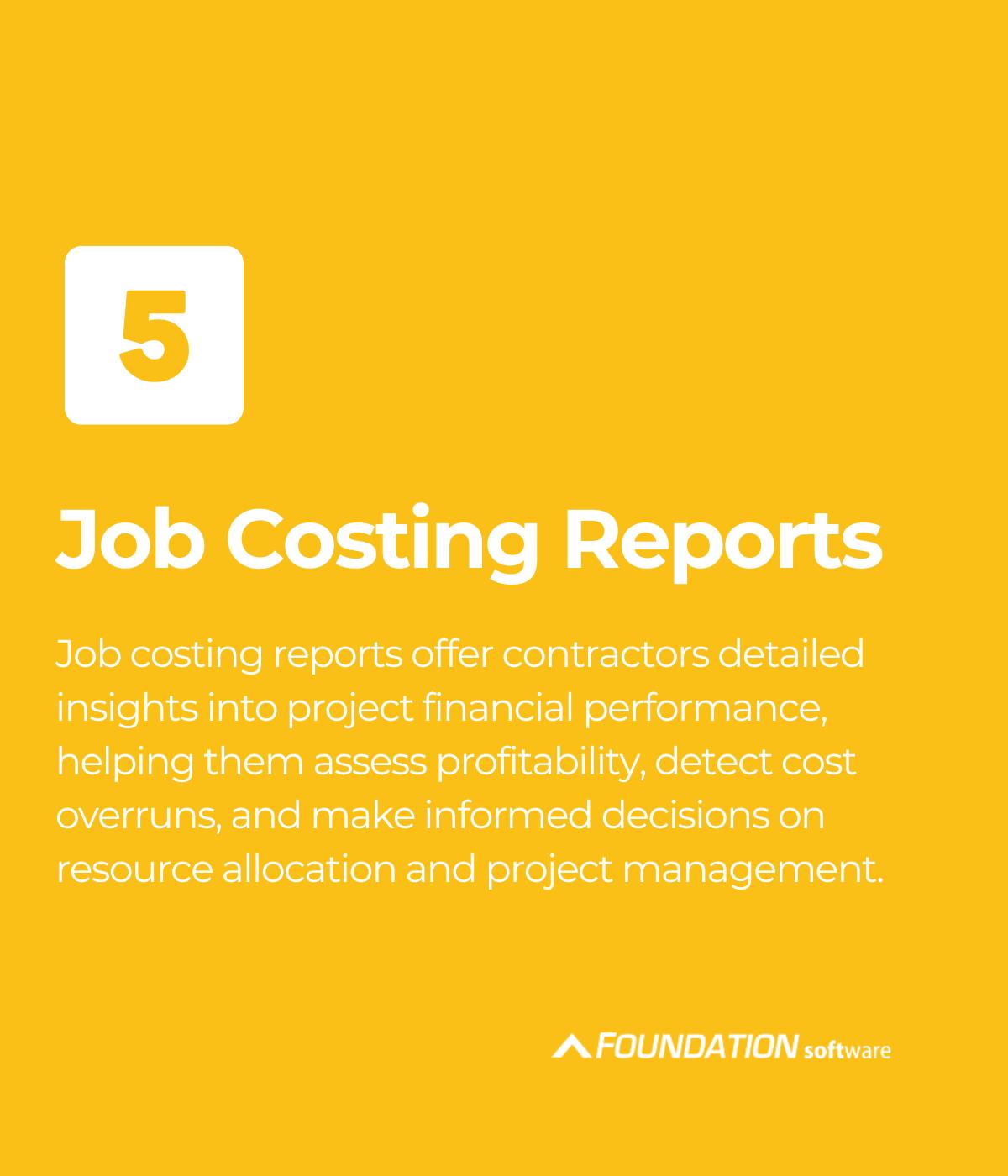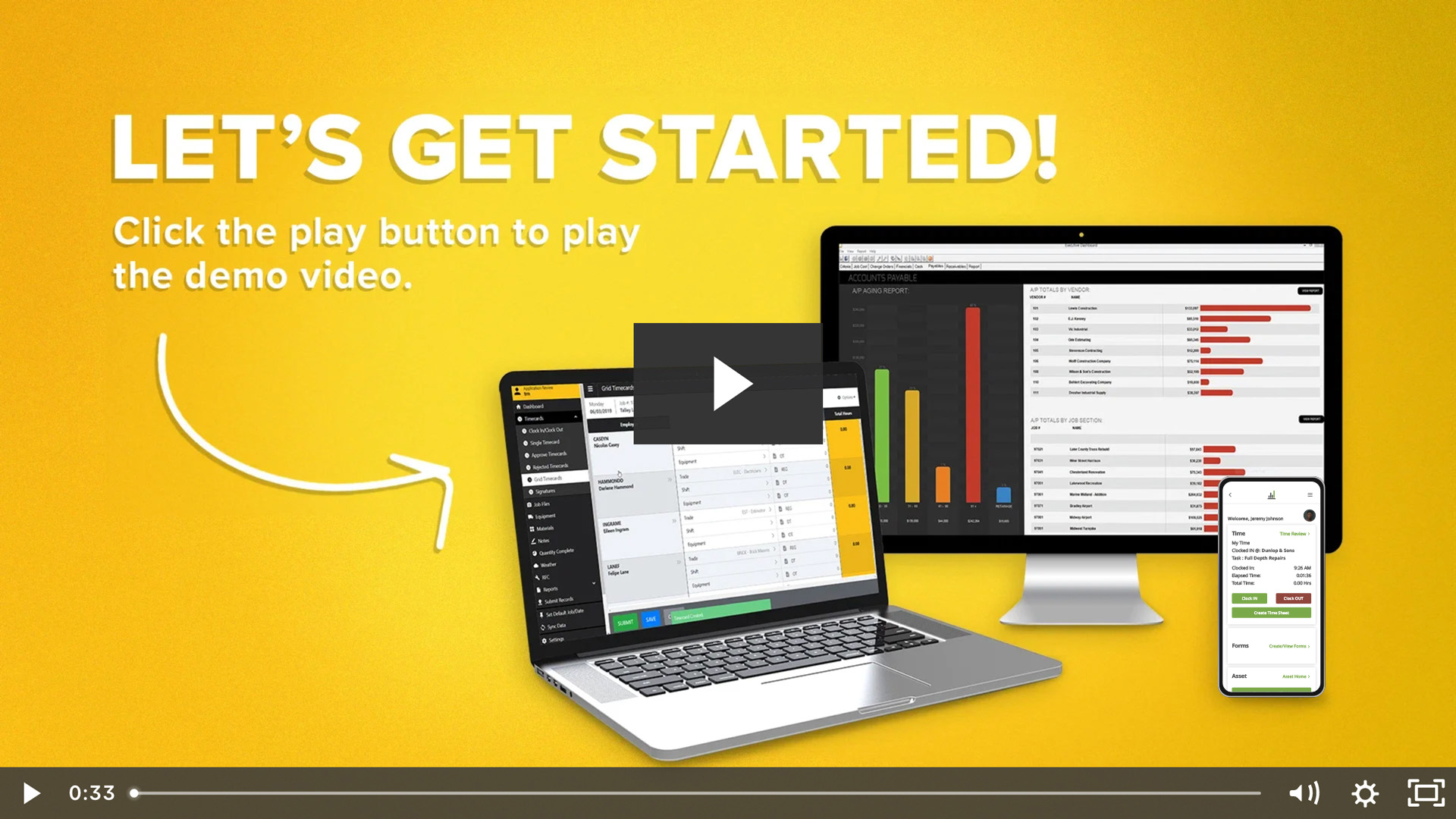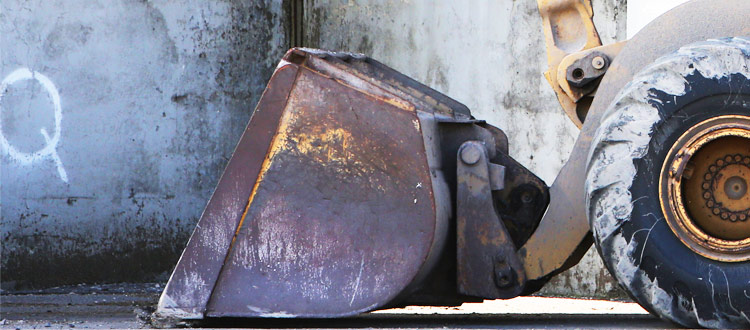
These days, contractors must do everything they can to control their job costs. Controlling material and subcontractor expenses is especially critical because mismanagement can jeopardize both cash flow and profits.
To avoid these risks, many companies use construction purchase order and subcontract software and management systems. In fact, according to Data Horizon Research, the global purchase order software market was valued at approximately $2.7 billion in 2023.
The big hitters take it a step further. They rely on construction-specific accounting systems to help streamline the processes and improve their decision-making capabilities.

Key Takeaways About Construction Purchase Orders
- Construction purchase orders form the backbone of effective purchasing strategies, establishing clear payment terms and unit prices that help specialty contractors and project owners prevent cost overruns throughout the procurement process.
- Streamlining the connection between purchase order tracking and accounts payable creates significant cost savings by monitoring estimated costs against actual expenses, ultimately enhancing project profitability.
- Modern purchase order software integrates purchasing departments with procurement teams, automating purchase order templates, tracking delivery dates, and ensuring adherence to crucial project timelines.
- Detailed purchase order agreements provide transparency for all parties involved in the procurement cycle, creating accountability in the purchasing process that directly contributes to overall project success.
The Value of Purchase Orders in Construction
Purchase orders are still considered the best accounting practice for managing the ordering of goods and services and have been around for more than 100 years.
They allow companies to specify, confirm, and track every detail of an order placed with a vendor. In construction, purchase orders (and similar subcontract management systems) are even more valuable since they enable contractors to never lose sight of committed costs from the beginning to the end of a project.
Efficient construction purchase order/subcontract systems provide such advantages as:
- Guarding against overpaying or double-paying invoices
- Ordering flexibility to avoid project delays
- Verifying delivery of goods
- Monitoring subcontract retainage
Despite the benefits, a lot of contractors avoid using purchase orders/subcontracts because they think the processes are too time-consuming and cumbersome. And that is probably true if an unsophisticated or generic accounting system is being used.
Most construction-specific job cost accounting systems, on the other hand, are designed to automate these processes, allowing companies to efficiently track and manage all material, supplies, and subcontractor expenses.
Why Use Purchase Orders/Subcontracts?
Purchase orders/subcontracts track the costs of a construction project. By definition, they are the contracts that determine the sale conditions. They spell out price, delivery specifications, payment guidelines, and other terms.
From an accounting perspective, there are two benefits of using purchase orders/ subcontracts for construction materials and supplies:
- A purchase order/subcontract allows contractors to track the monetary, or billing, aspect of the transaction so that they can see not only committed costs but also the remaining committed costs (expenses that are forthcoming but have not yet been billed) throughout the life of a project.
- A purchase order/subcontract creates a system for tracking the physical, or quantity, aspect of the purchase agreement so that contractors can better manage the materials/work needed for jobs or supplies held in inventory.
Tracking Committed Costs
From a monetary standpoint, purchase orders help contractors track material billings and committed costs, while subcontract management systems help them monitor billings, retainage, and committed costs associated with subcontractors.
Without a system in place to track these costs from start to finish, contractors run the risk of thinking a job is more profitable than it really is, overpaying suppliers, or simply running out of cash.
Job cost accounting software that offers purchase order and subcontract management features allows contractors to take advantage of these critical cost control measures without adding to their workload.
For example, instead of requiring users to physically match a supplier’s invoice with a filed purchase order, the software would automatically link purchase orders/ subcontracts to payable invoices to ensure a cross-check between ordering and payments. Other time-saving features include data entry default options, customizable purchase order/subcontract templates, and the ability to search by vendor, job, buyer, or status.
Of course, while improving purchase order efficiency is important, the real benefit of using sophisticated accounting systems always comes back to better job cost reporting.
Systems that integrate purchase order and subcontract management features with accounts payable and job costing software have the ability to produce job cost reports with committed cost details, including:
- Change order amounts
- Invoiced amounts
- Remaining committed costs,
- Paid to date
Available at the job, cost code, or cost class level, these reports help contractors catch potential budget overages before they happen. Even before a report is run, some systems have the capability of comparing purchase orders/subcontracts to the job budget to prevent or warn users if they are going to exceed their budget.
Tracking Supply Quantities
When contractors do not adequately track their material and supply purchases, they risk tying up cash that could be used elsewhere in the construction company or running out of supplies needed to keep jobs moving forward. Quantity control, therefore, becomes a huge need—and yet another reason why contractors turn to purchase order systems.
However, depending on how large a company’s operations become, the system itself can lead to a lot of time-consuming work, not to mention huge paper trails.
The most realistic way for a company to track and manage its supply quantities is with the help of sophisticated construction accounting software. Eliminating both the guesswork and the manual work of tracking orders, these applications protect against budget-eating project delays due to supply shortages.
Here’s just one example: A contractor receives a shipment of supplies but is shorted 100 items by the supplier. The contractor enters the packing list into the accounting system, which automatically ties to the original purchase order.
A back-order report tells everyone (within the office and at the job site) how many items are currently available. The contractor can then immediately contact the supplier and determine when the next shipment will arrive.
Equally important, if the supplier attempts to bill for more items than were shipped, the system notifies the contractor that the invoice does not match the packing list.

As an added bonus, some systems integrate with an inventory module.
This allows users to maintain a perpetual inventory and do away with physical counts as the only means of knowing what is on hand. Simple reports identify what is available and what is on backorder, and the system also allows for maximum and minimum reporting to help the purchase order manager stay ahead of the game.
Some of the most time-consuming office tasks within construction have to do with managing the ordering of supplies and services. Purchase order and subcontract software help streamline these processes and provide contractors with the cost controls needed to maintain and gain that winning edge.
*Published in Construction Business Owner
Purchase Orders In Construction FAQ
What is a Construction Purchase Order?
A construction purchase order is a legally binding document issued by a contractor’s purchasing department to a vendor, detailing the procurement process for specific materials or services at an agreed cost per item.
It connects the purchasing function with accounts payable by outlining payment terms and delivery dates, serving as both a financial tracking tool and a commitment to purchase.
What Are the 4 Types of Purchase Orders?
The construction industry typically relies on standardized purchasing documents, including:
- Standard POs (for one-time material procurement)
- Blanket POs (for recurring purchases with predetermined payment terms)
- Planned POs (for procurement based on projected needs)
- Contract POs (formal agreements tied to master contracts)
Each type supports different purchasing scenarios while providing essential documentation for accounts payable processing.
What Does a PO Stand for in Construction?
In construction, PO stands for Purchase Order, a document created by the purchasing team that authorizes vendors to supply materials or services and establishes the foundation for subsequent accounts payable transactions.
This document bridges the gap between procurement planning and financial execution by clearly establishing delivery methods and payment terms before work begins.
Do You Need a PO if You Have a Contract?
Yes, even with an existing contract, a purchase order remains essential as it provides the specific details that connect your contract terms to your company’s purchasing and accounts payable workflows.
The procurement process benefits from purchase orders by creating detailed records that enhance cost tracking and support project timelines, while providing the documentation necessary for proper accounts payable management.
Share Article
Keep on current news in the construction industry. Subscribe to free eNews!
Our Top 3 YouTube Videos
Learn about our software more in depth with product overviews, demos, and much more!
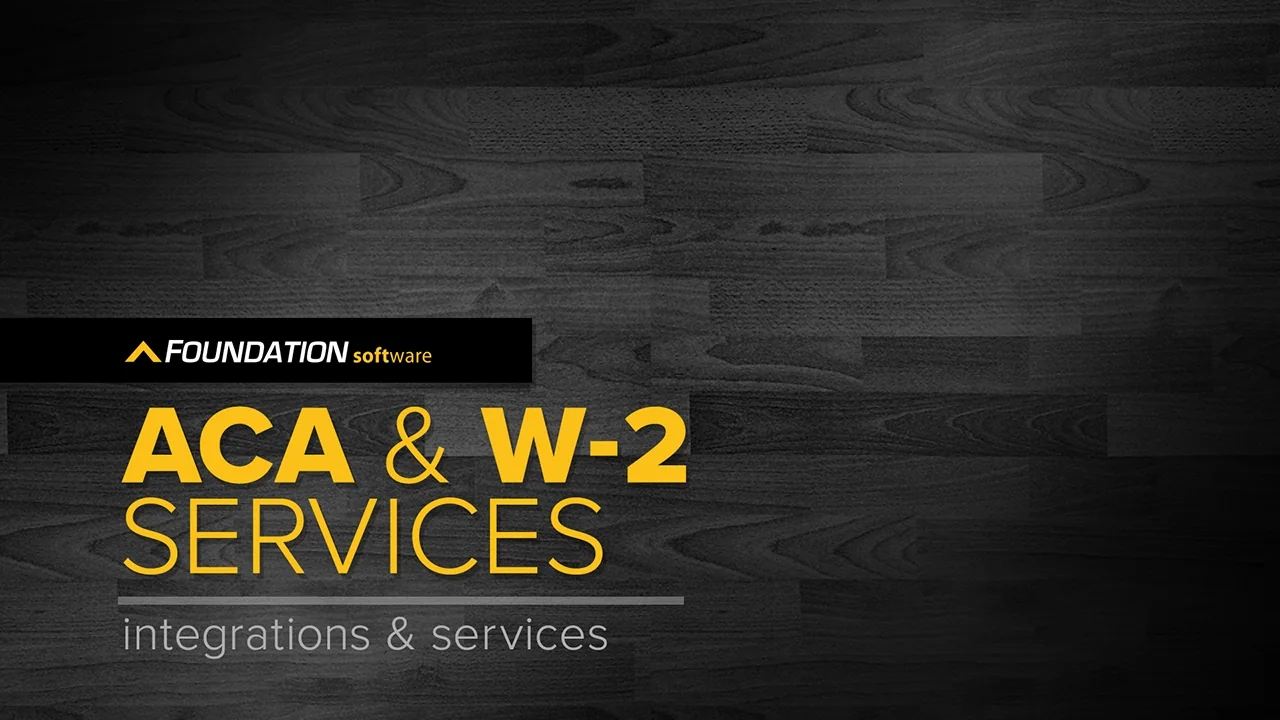
Our ACA reporting & e-filing services include official 1094-C and 1095-C IRS reporting, optional e-filing (no applying for a TCC code required), mailing to your employees and experienced support to help you.

There are plenty of reasons to make FOUNDATION your choice for job cost accounting and construction management software — just ask our clients!
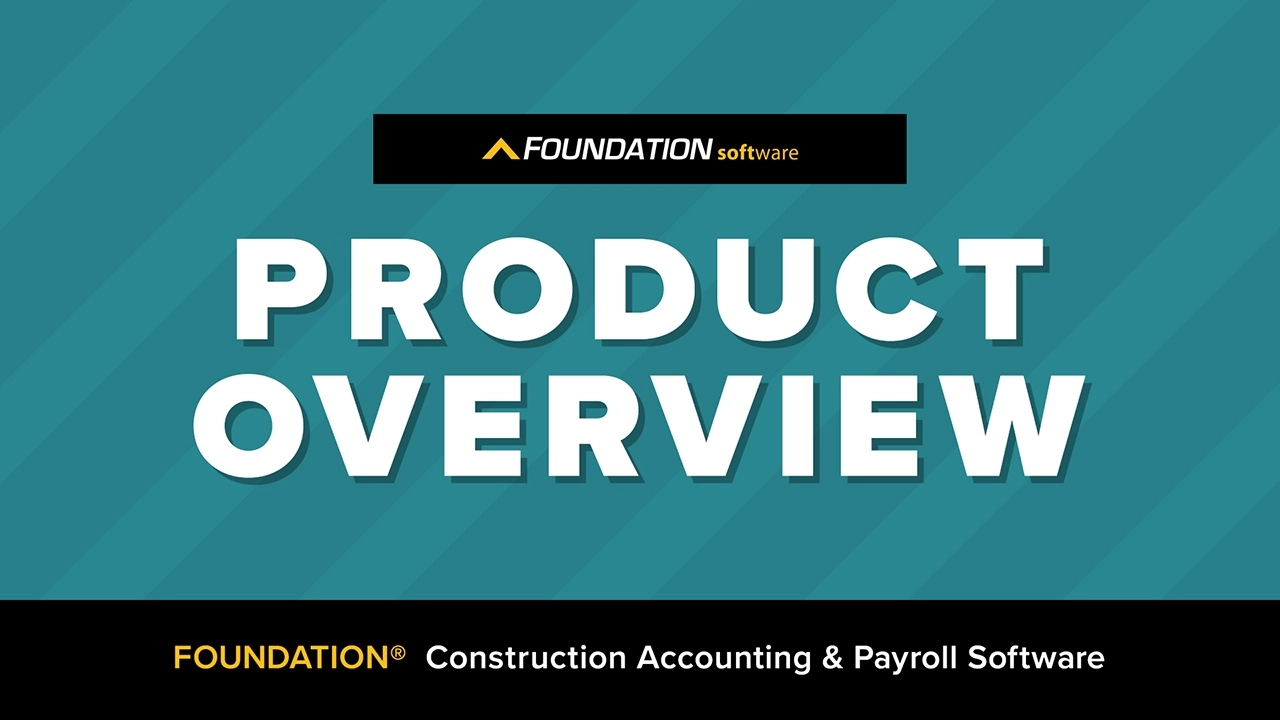
From job cost accounting software, to construction-specific payroll. Get an overview on your next all-in-one back-office solution.




